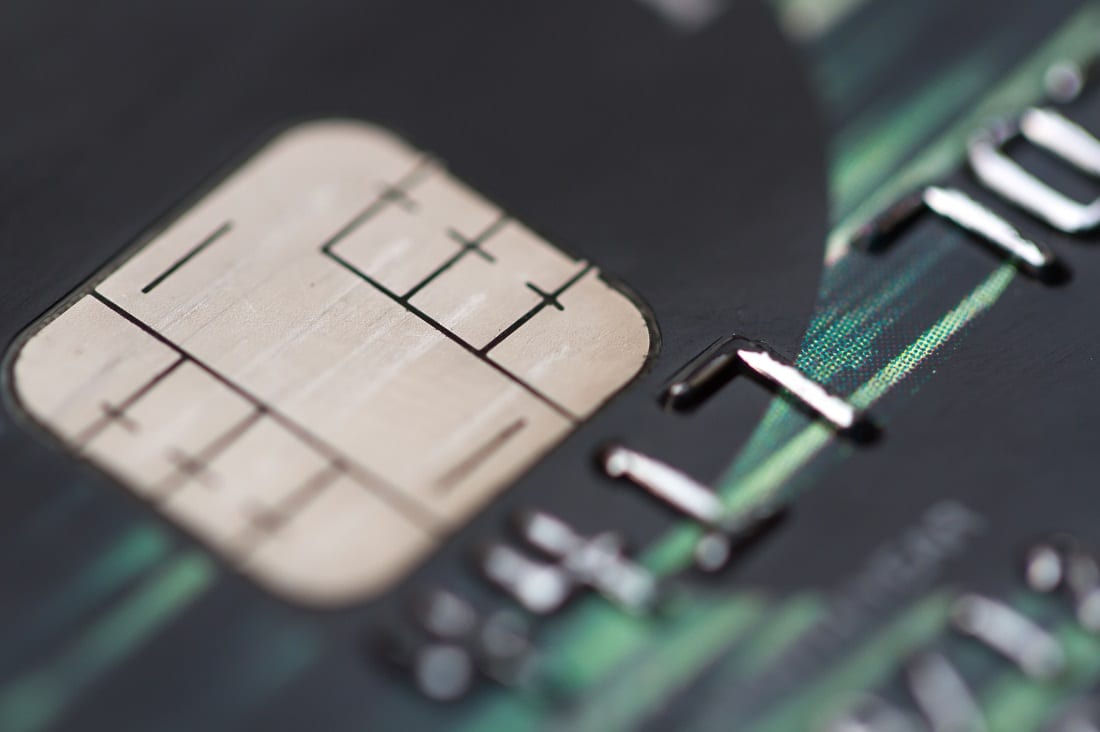Back in October 2015, retailers experienced a liability shift when the onus for absorbing the cost of counterfeit transactions shifted from the banks to the individual merchants if the retailers had not migrated from swipe card systems to the newer EVM technology. Those merchants who installed EMV (chip) technology in their cash register networks by the October deadline were able to continue to enjoy liability protection from the card issuers. The ones who missed the deadline were left to do the best they could – making good on any counterfeit transactions or other thefts from scammers.
In the 10 months that followed this deadline, it has become clear to almost anyone who uses a credit card that the new EMV systems are slower than the swipe format, and that there’s often serious confusion – involving both the consumer and the employee at the cash register. The last few months have shown us the practical shortcomings of the EMV technology and have also underscored the major problems – financial and organizational – that large national retailers have encountered in making the switch.
Some merchants were able to make a fairly smooth transition, but many weren’t. Some of the largest companies installed the new EMV – but not throughout their stores – and others found the process extraordinarily complicated, costly and time-consuming. What seemed like a good move to improve security at the cash register has, in many cases, proven to be a major headache. So where does all this leave us, what solutions do we have and what do the experts predict?
The EMV Advantage
The point of replacing the traditional swipe credit card payment system was to ramp up security. Swipe systems transmit the same card information over and over again. If cyber crooks intercept the card data, they can use it over and over again to run up fraudulent changes. EMV technology or chip technology transmits one-time/one-use encrypted data and is extremely difficult for scammers to counterfeit. (EMV is named after Europay, MasterCard and Visa, the companies that originally developed the technology.)
Status Report
Credit card companies estimate that a staggering 70 percent or more of all merchants in the United States have NOT adopted the EMV technology, choosing to cope with increased liability rather than deal with implementing a new system. Some are overwhelmed with the costs and the time required to adapt their large-scale systems. Others may have made a business decision to deal with the additional fraud risk rather than see longer lines at the cash register.
Solutions
For their part, the credit card companies and the hardware makers are working on newer, faster technology. However, any update to existing EMV systems – just like the original rollout in October 2015 – will involve lots of different parties and will be time consuming and potentially costly. Some observers think the EVM woes may deliver an unanticipated boost to the mobile payments industry. Store-specific apps (Starbucks and some fast food chains) on consumers’ cell phones are fast and secure. Other consumers don’t want to load their phone with multiple payment apps and they prefer options like Apple Pay or Android Pay, which have integrated payments with stores’ loyalty programs. In the fast-paced world of payment technology, it remains to be seen who will win market share. As things stand with EMV still evolving, smartphone payment technology may well be emerging as the winner.





